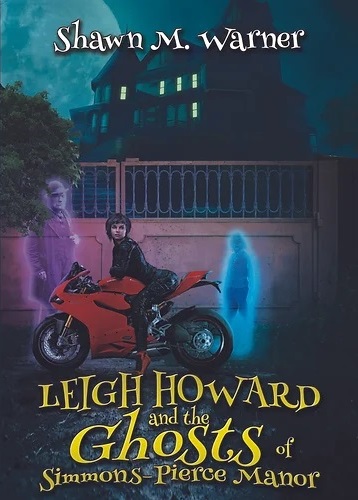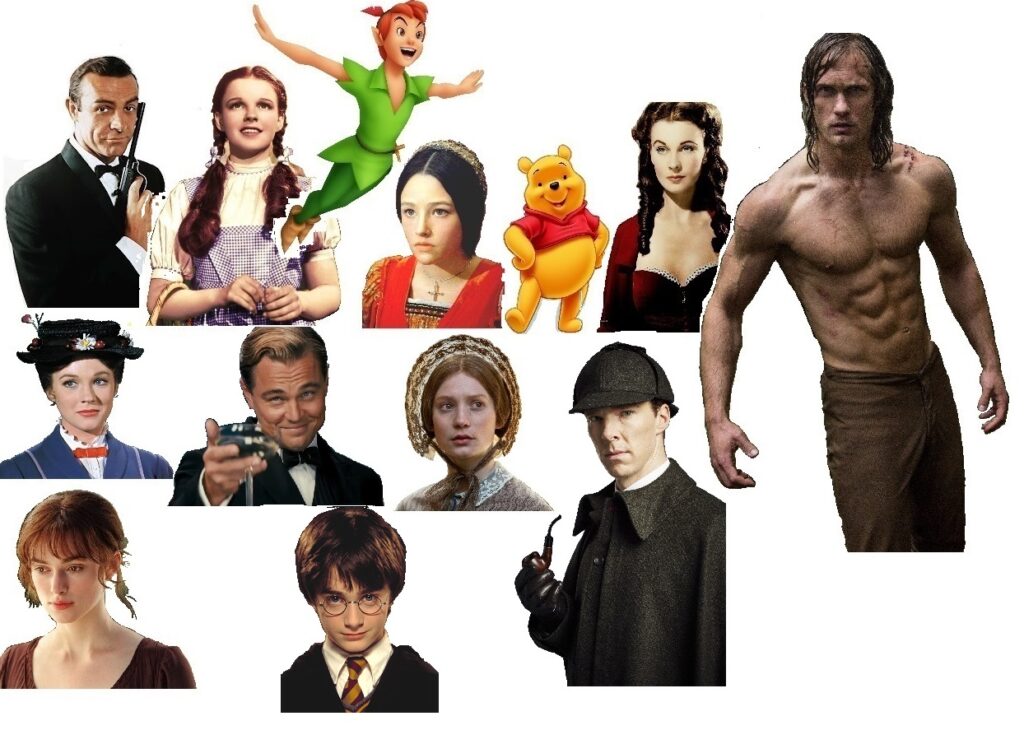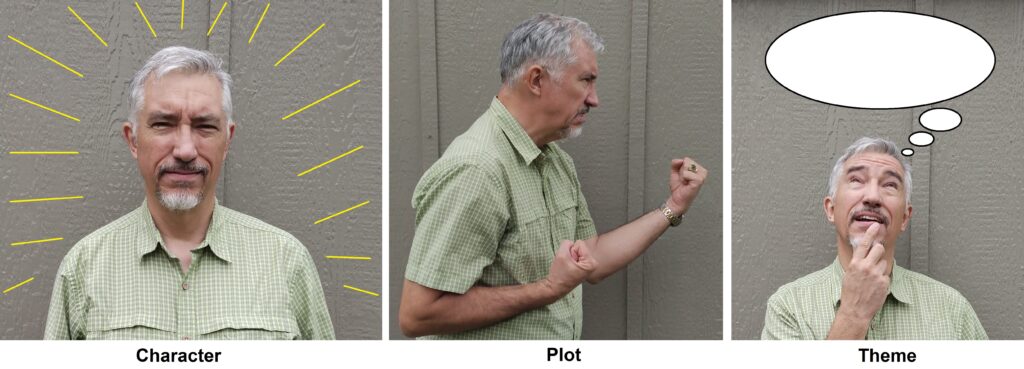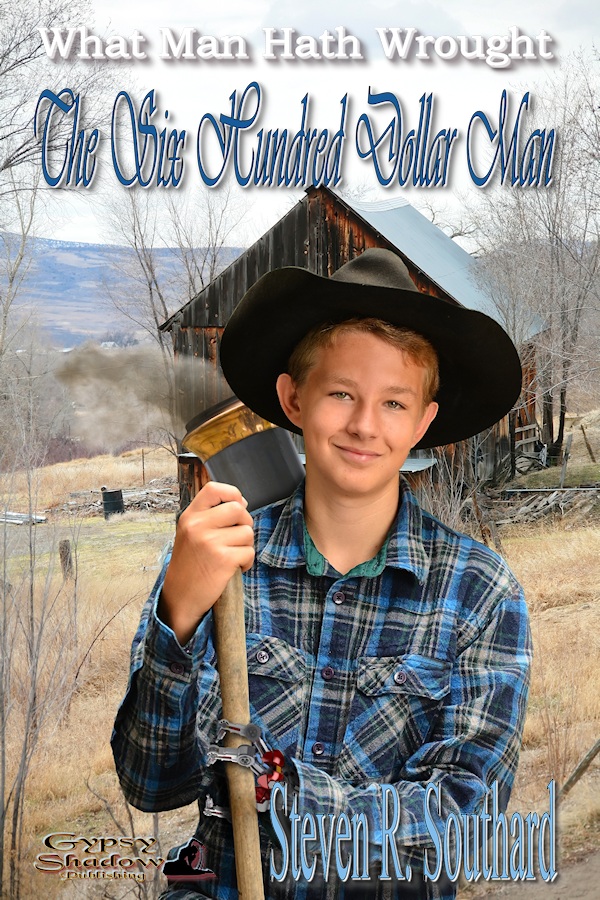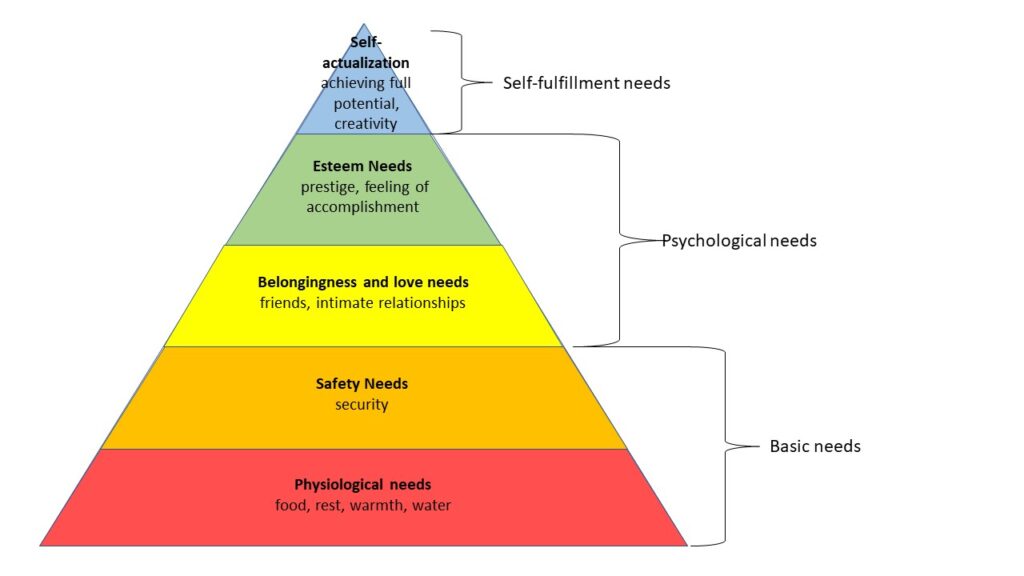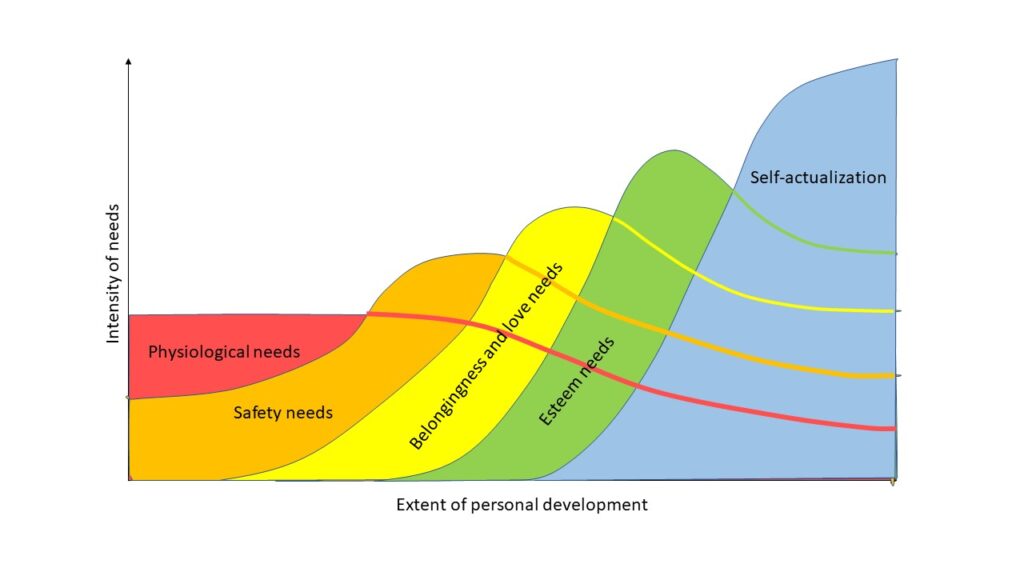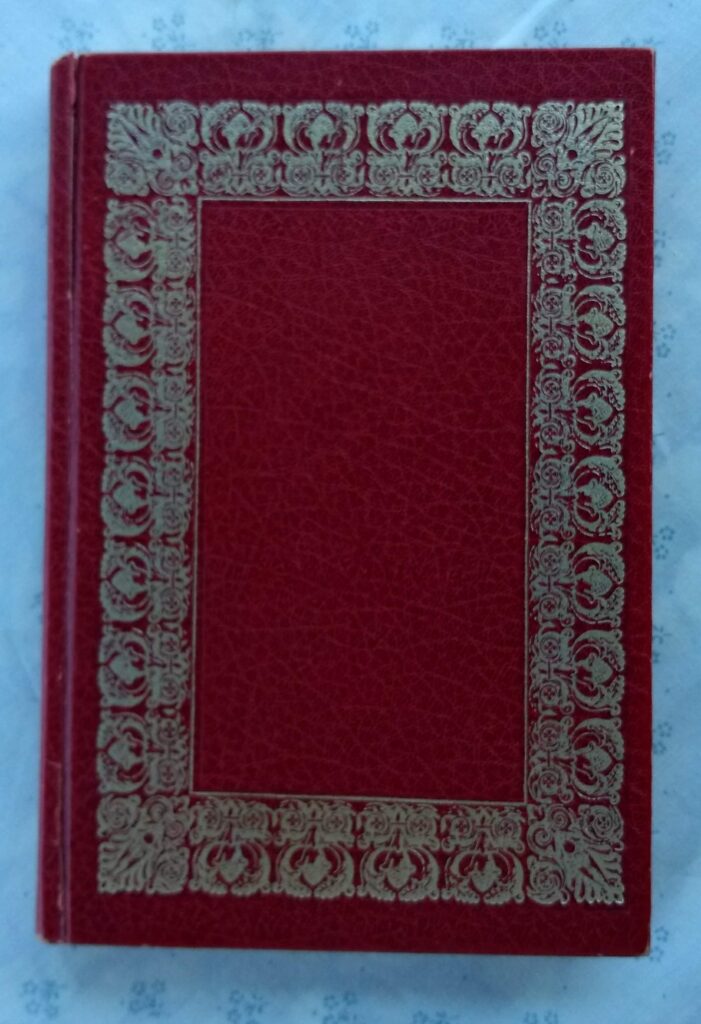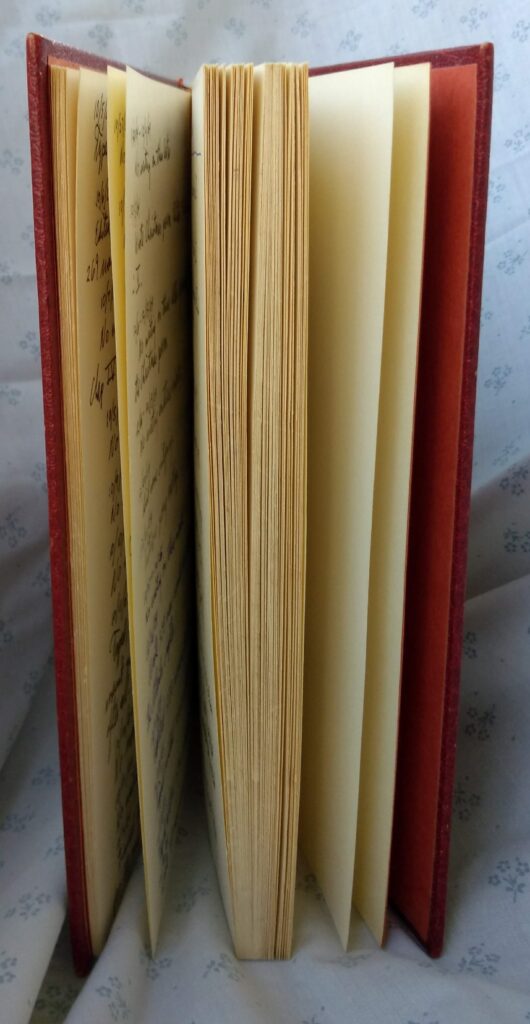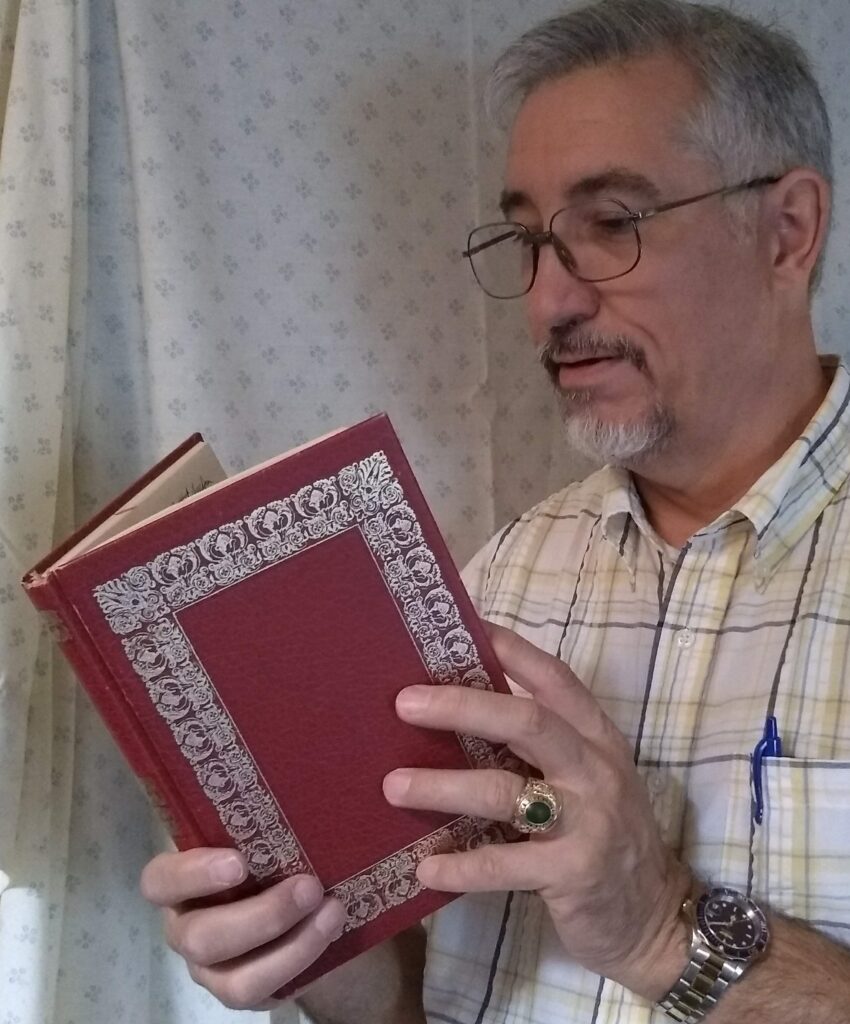An author sits at a table in a grocery store, trying to sell his book. He’s sat there for hours, ready to sign books for buyers, but few stop to talk, and even fewer to buy. At last, one man does stop, and offers to post a video of the author on TikTok. Soon after, the post goes viral and book sales soar.
Luck?
You may regard that author as the luckiest writer alive, the chance winner of some literary lottery. But I’ve left out parts of Shawn Warner’s story. He might well agree with a quote attributed to filmmaker Samuel Goldwyn: “The harder I work, the luckier I get.”
Perseverance
That book signing in the grocery story hadn’t been Warner’s first. He hadn’t just dashed out a book. He’d been writing for fifteen years, without much success.
The TikTok influencer, Jerrad Swearenjin, hadn’t chosen to post to an uninterested audience about some third-rate tale. The novel, Leigh Howard and the Ghosts of Simmons-Pierce Manor, delighted the young TikTok readership.
I took the opportunity to hear Shawn Warner speak this past week, and he seemed well plugged in to the current publishing scene. He gave his audience sound, up-to-date advice about the writing business. Although I’ve heard and read some of these tips from others, Mr. Warner conveyed them in plain, easy-to-digest nuggets. I’ll just summarize a few of my takeaways.
Plot vs. Character
You may write either a plot-driven story or a character-driven story, Warner said. But today’s publishers are rejecting the former and accepting only the latter. (This disappoints me, for I like reading and writing the plot-driven kind.)
Characters
You should make your protagonist seem a real person with strengths, weaknesses, and friends. Your antagonist, too, must seem real, with strengths and weaknesses, but the bad guy requires no friends.
Warner discussed what he called the ‘A-Story’ and the ‘B-Story.’ The A-Story involves the external plot, with the protagonist reacting, at first, to events that strike at that character’s weaknesses. The B-Story involves the protagonist’s internal struggle against weaknesses. For books being published today, the B-Story takes precedence. As the tale progresses, the protagonist begins to solve the internal flaw and acts (with what is called ‘agency’) to resolve the A- and B-Stories.
Edit by Audio Recording
Warner suggests making your own audio recording of your manuscript. Then listen to it and edit your written manuscript based on what doesn’t sound right, or where you stumbled while reading.
Taglines
Warner suggests you develop a one-sentence tagline to answer the question, “What is your book about?” For his novel, he says, “It’s about a teenage girl who teams up with a ghost of multiple personalities to solve the mystery of her parents’ murder.” He advises that you memorize and rehearse your tagline until you can roll it out without hesitation. Obviously, you’d want to do that for all your published and upcoming books. Further, I’d suggest a tagline to answer the often-asked question, “What do you write about?”
Conclusion
Mr. Warner offered other bits of advice, but I’ll keep this post short. I’ve blogged before about Malcolm Gladwell’s theory in Outliers that genius requires 10,000 hours of practice, plus luck. I consider Shawn Warner a good example of that. Yes, luck smiled on him that day in the grocery store. But it occurred only after the 10,000 hours of writing, the perseverance to sit for book signings, and the writing of an excellent book.
Perhaps, after the same amount of perseverance, a similar bolt of luck will strike you and—
Poseidon’s Scribe


